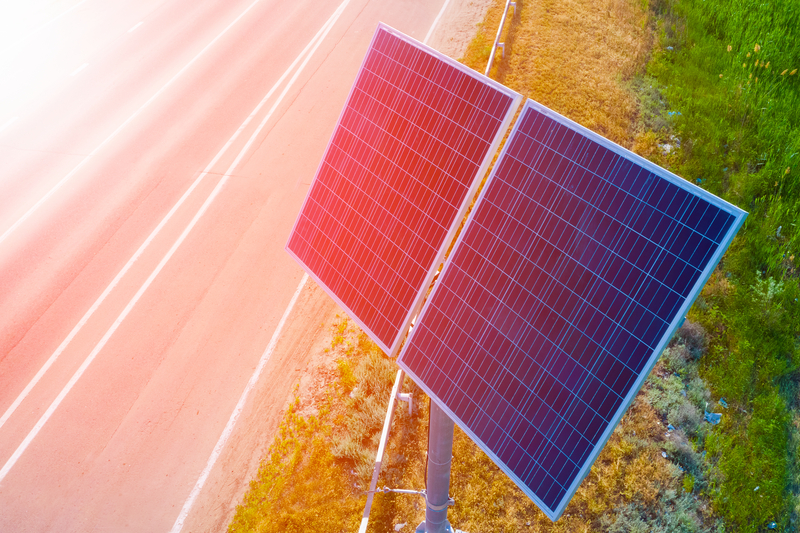
Non-profit organisation The Ray has found installing solar panels on interstate right of way (ROW) land could power 12 million electric vehicles (EV) a year.
The Ray says the value of the energy generated by these roadside solar panels is estimated at $4 billion per year.
However, the organisation points out that installing solar arrays at interchanges, exits, rest areas and visitor centres can be challenging due to safety, environmental and future land-use considerations.
To help address this issue, The Ray is working with Esri to configure a solar mapping tool that can help users quickly and precisely analyse how suitable and economically valuable ROW locations might be for solar array placement.
The Ray deputy director Laura Rogers says: “Now, with the support of this cutting-edge solar mapping tool, The Ray can work with transportation agencies across the country to help them envision and plan solar energy projects using their ROW land in a way that simply wasn’t available before.”
According to The Ray, the mapping tool is capable of producing precise configurations of solar arrays on all types of ROW, utilising the state department of transportation’s (DoT) own datasets.
The solution – built using Esri’s ArcGIS software suite – includes advanced 3D modelling, solar radiation calculations based on elevation and surface and viewshed analysis.
“What used to take weeks or months to evaluate suitability for roadside solar development, this tool that Esri provided accomplishes at a fraction of the time with much more precision,” Rogers adds.
Allie Kelly, executive director for The Ray, says: “The partnership between Esri and The Ray essentially helps the country rethink the ROW and move toward a stewardship model for the tens of thousands of acres on the highway roadsides. It goes beyond transportation and explores the highest and best use for state DoTs. For some, the priority may be rural broadband or buried energy transmission lines.”
Terry Bills, Esri global transportation industry director, says: “The Ray is helping state departments of transportation understand the economic and social value of their ROWs for producing renewable energy and making a contribution to our climate challenges, all designed to support a more sustainable transportation future.”
Additionally, Esri’s solar tool enables state DoTs and other transportation agencies to engage in preliminary studies. These include having the ability to alter the shape, size, or scope of any solar array in order to address a potential social impact.
Those using the platform can also plan solar arrays on other ROW areas like rest stops and park-and-ride sites, providing solar canopy as well as feeding clean energy into EV charging stations available for commuters.
“On The Ray Highway, we have demonstrated renewable solar [arrays] on the roadside, and now with Esri, we have the best tools to help other states move quickly to explore, plan, and build out their own ROW projects,” Kelly concludes.
















